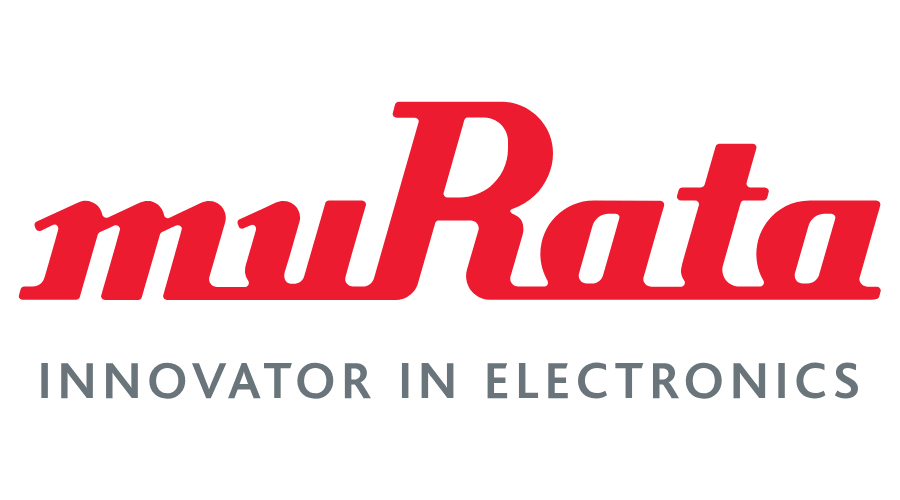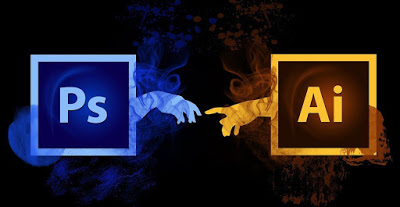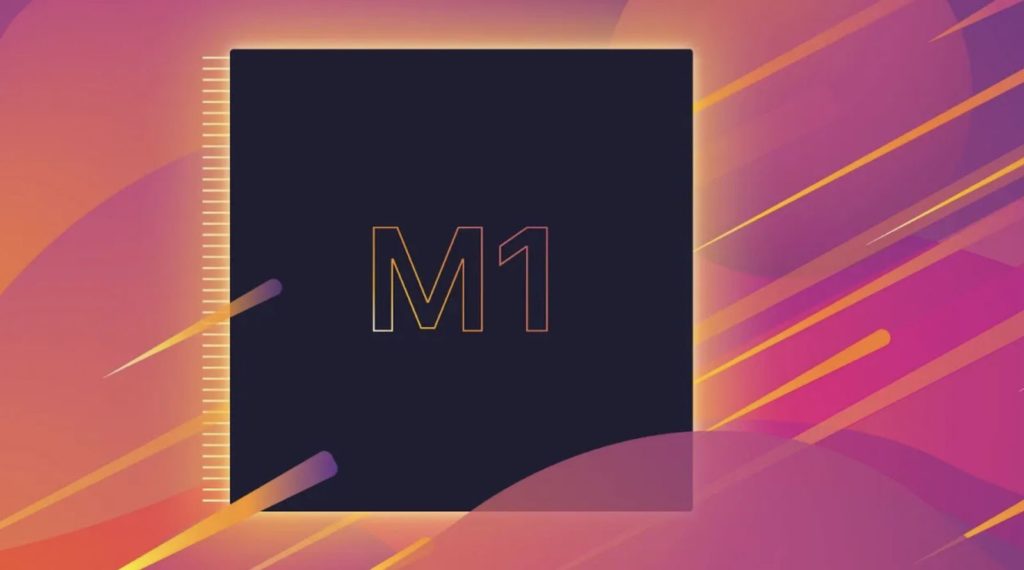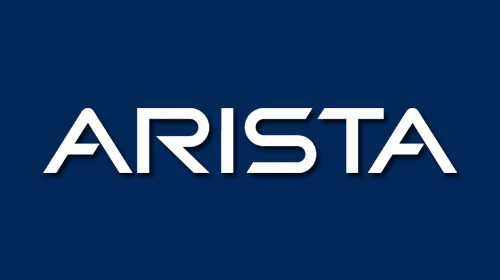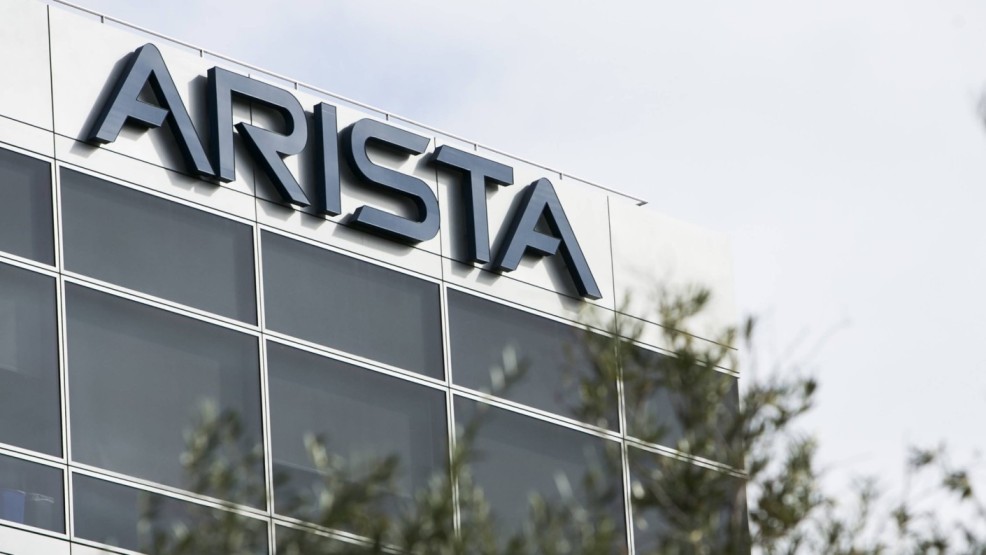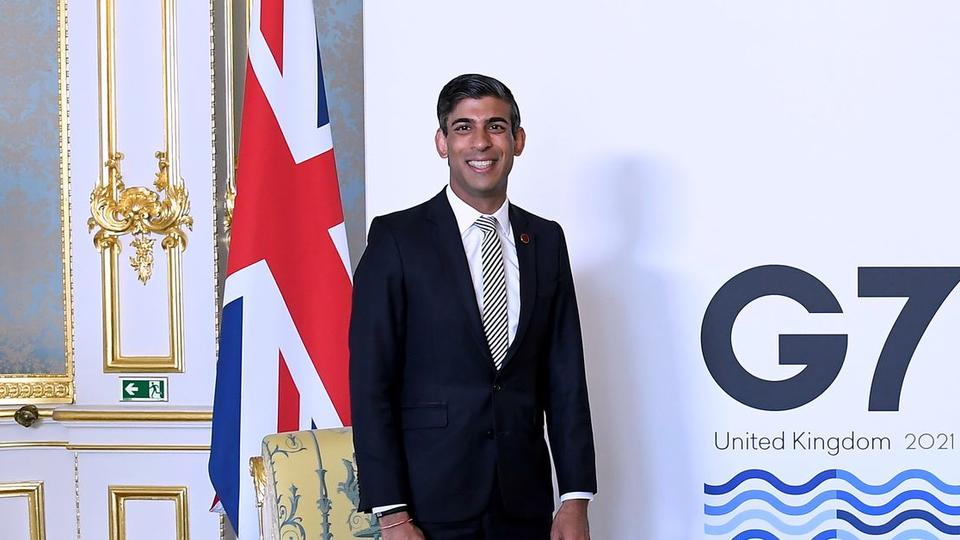Expedia Group – A Travel Technology Company leveraging its platform for connecting Travelers with Brands.
Expedia Group is one of the world’s largest travel platforms founded by Rich Barton in 1996. The company was founded as a division of Microsoft twenty-four years ago. The company’s headquarters are based in Seattle, Washington, US. Travel technology is a sector that has gained huge demand and unleashed the potential for many companies in the past few decades.
Expedia provides a platform where travelers can connect with hotels, find different tour packages, and most importantly offers plenty of choices. A company like Expedia helps out every kind of tourist and traveler to have the best travel experience at the same time gives a platform for small travel businesses to grow. Since Expedia has a strong online presence, it provides exposure to local companies in the travel sector thus uplifting small businesses.
A Brief Introduction of Expedia Group
Expedia Group can be best described as a group of travelers and technologists working around the clock to make your journey memorable and worthy. The company is highly dedicated to connecting travelers with the right partners across a global platform. Throughout the past twenty-four years, Expedia has acquired and partnered with several companies creating extensive portfolios of many businesses and brands.
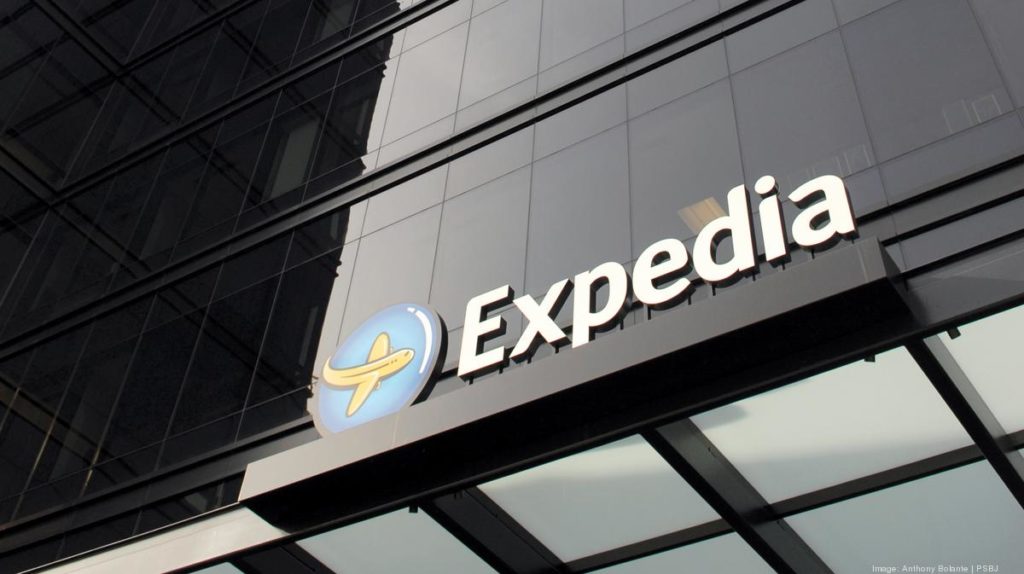
Today, Expedia has more than 70 terabytes of data which helps them show the most optimized path for both the business and the traveler to gain the best experience. Expedia has many products under its brand name such as BedandBreakfast.com, CarRentals.com, Hotels.com, Local Expert, etc. So, let’s have a glimpse at how this journey started.
History of Expedia Group
Back in 1996, there weren’t many online travel agencies and hence the market had lesser competition. Expedia was established as Microsoft Expedia Travel Services and soon the word Expedia became very common every time traveling came up as a topic of discussion. The word Expedia was born from two words “Exploration” and “Speed” and the quality of work justified the name of the company. The company went public in 1999 and got spun off as an independent business.
In 2001, IAC/InterActiveCorp showed interest in the company and bought shares worth $1.5billion. After two years, Expedia was fully acquired by IAC/InterACtiveCorp and it became a part of IAC Travel. After the acquisition, Rich Barton stepped down from the position of CEO and he was replaced by Erik Blachford. Next year, IAC Travel was spun off into Expedia and the former CEO was replaced by Dara Khosrowshahi. After IAC Travel and Expedia became a single entity the parent company spun off Expedia Inc in 2005. Many businesses were under the name of Expedia Inc such as Expedia Corporate Travel, TripAdvisor, Hotels.com, etc.
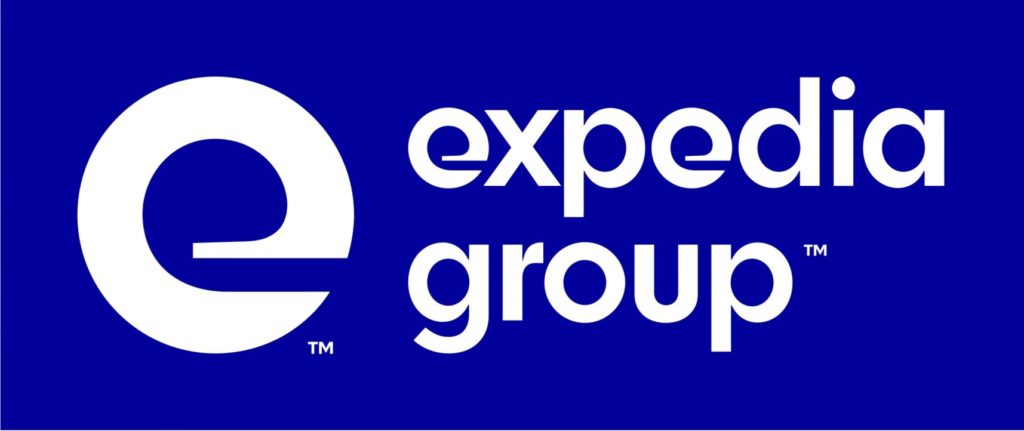
In 2011, TripAdvisor media group was spun off from Expedia Inc and the latter got to keep the portfolio of travel transaction brands. This year the company also showed interest in gaining market presence in the Asia Pacific region and hence partnered with Air Asia, Tencent, and eLong. Under the leadership of Dara Khosrowshahi, Expedia became a Fortune 500 company. Gradually, the lines of businesses started expanding for Expedia as it started providing technology solutions and acquired companies in the same field. In 2013, the company invested in metasearch and partnered with Citigroup to create Expedia+cards so that members can earn points and certain benefits. The company went through a rather rough year in 2019 which led to cutting off 3,000 jobs in the next year.
Acquisitions
Expedia Inc acquired a lot of companies since it was born. Most of the companies are US-based businesses while a few are from European countries as well. Expedia made its first acquisition in 2000 when it bought Travelscape, an internet service provider company. Next year, Expedia bought Vacation spot which was also an internet service provider. Expedia bought a handful of travel agencies including Classic Custom Vacations, Metropolitan Travel, Egencia, Travelocity, Orbitz, etc. Recently it acquired CanadaStays, a Canadian holiday rental service.
The CEO: Rich Barton
Richard Barton commonly known as Rich Barton is a very famous American internet entrepreneur currently serving as the CEO of the Zillow Group. In 1989, he graduated from Stanford University with an engineering degree and started working for Microsoft in 1991. He founded Expedia while working in Microsoft as the company was planning to build a travel guidebook back then. Later, Barton understood the potential of Expedia and it was officially launched in 1996. Barton’s successful career made him a billionaire in 2020.

Annasha Dey is an NIT student, who apart from studying engineering is also a content writer. She has a great interest in photography, writing, reading novels, and travelling as well. She is a foodie who loves socializing and hanging out with her friends. She is also a trained Kathak dancer and a big fashion enthusiast. Dey also loves watching TV series, which includes F.R.I.E.N.D.S. and Big Bang Theory. To be a better writer she prefers to read more
